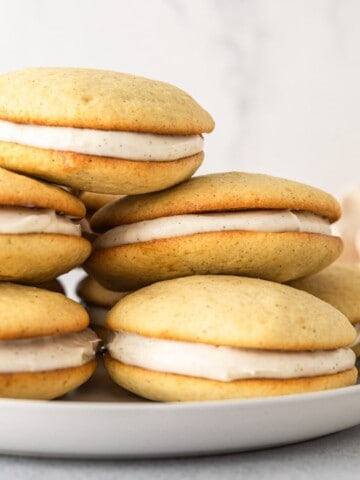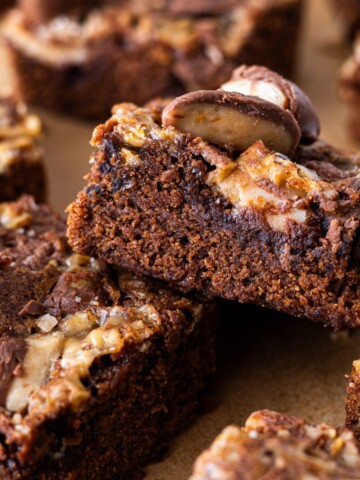Ever wonder what determines the texture of a cookie? What makes cookie texture chewy or hard? The ingredients, such as flour, sugar, and fat; the oven temperature; and the baking time for cookies all play a role in the texture and appearance of a cookie. Keep reading to find out what ingredients and cooking process you need to follow to get the cookie texture you want.

We all have a favorite type of chocolate chip cookie. For me, it's chewy. But how do you make a cookie chewy? What defines the texture of the cookie? The baking process defines cookie texture.
Baking is chemistry. Baking is a process. It is the investigation of ingredients, how they interact, combine, change, and be used to form food. The chemical reaction between these ingredients, such as flour, sugar, and fat; the oven temperature; and the baking time for cookies determine the texture and appearance of a cookie.
For example, a cookie will be chewier it has more "spread." Baking the cookies at a lower temperature and for a longer time will give the cookies more spread, making them chewier. Chilling the dough overnight causes the cookie to spread less because the fat, usually butter, is cold. So, the cookie will be less chewy if the overnight dough is chilled.
Sugar
Another fun scientific aspect of baking a chocolate chip cookie is the Maillard Reaction. It's a process when carbohydrates, in the case of cookies this means the sugar, turn brown when heated. The change in sugar molecules, the browning, alters the flavor; think caramel.
The type of sugar you use in your recipe will impact the final texture of your cookie. Using more granulated sugar means less leavening and more spread. This is because it does not respond as actively as brown sugar would. Brown sugar has more acid, which, when combined with baking soda, means more leavening and less spreading.
Flour
The use of flour is all about the protein percentage. All-purpose flour is higher in protein, meaning the cookie will brown more and become crispier. This is often the most utilized flour in everyday cookie recipes. Using flour lower in protein, such as cake or pastry flour, will give you a softer cookie texture.

To achieve the desired cookie texture you want, the below general principles should help:
For a "Cakey" Cookie
- A higher quantity of brown sugar is needed to interact with the leavening agent (baking soda).
- The addition of egg will provide more leavening and increased moisture.
- Refrigerated batter will provide less and slower spreading.
For a Chewy Cookie
- A higher granulated sugar is needed for less interaction with the leavening agent (baking soda).
- Lower oven temperature and longer baking time will provide more spread.
For a Crispy Cookie
- A higher granulated sugar is needed for less interaction with the leavening agent (baking soda).
- The addition of canola oil or melted butter will increase crispiness.
- No eggs should be used.

Recipes You'll Love
My favorite chocolate chip cookie recipe is Jacque Torres' Secret Chocolate Chip Cookies. He uses a combination of low and high-protein flour (cake and bread flour) and a combination of granulated sugar and brown sugar. The use of these blended sugars and flours provides the ultimate cookie texture. He specifies refrigerating the dough overnight, which means a slower spread due to the chilled fats. It is an excellent recipe and validates all the above information.
Hopefully, I have been able to help you learn how to achieve your favorite type of cookie.






Comments
No Comments